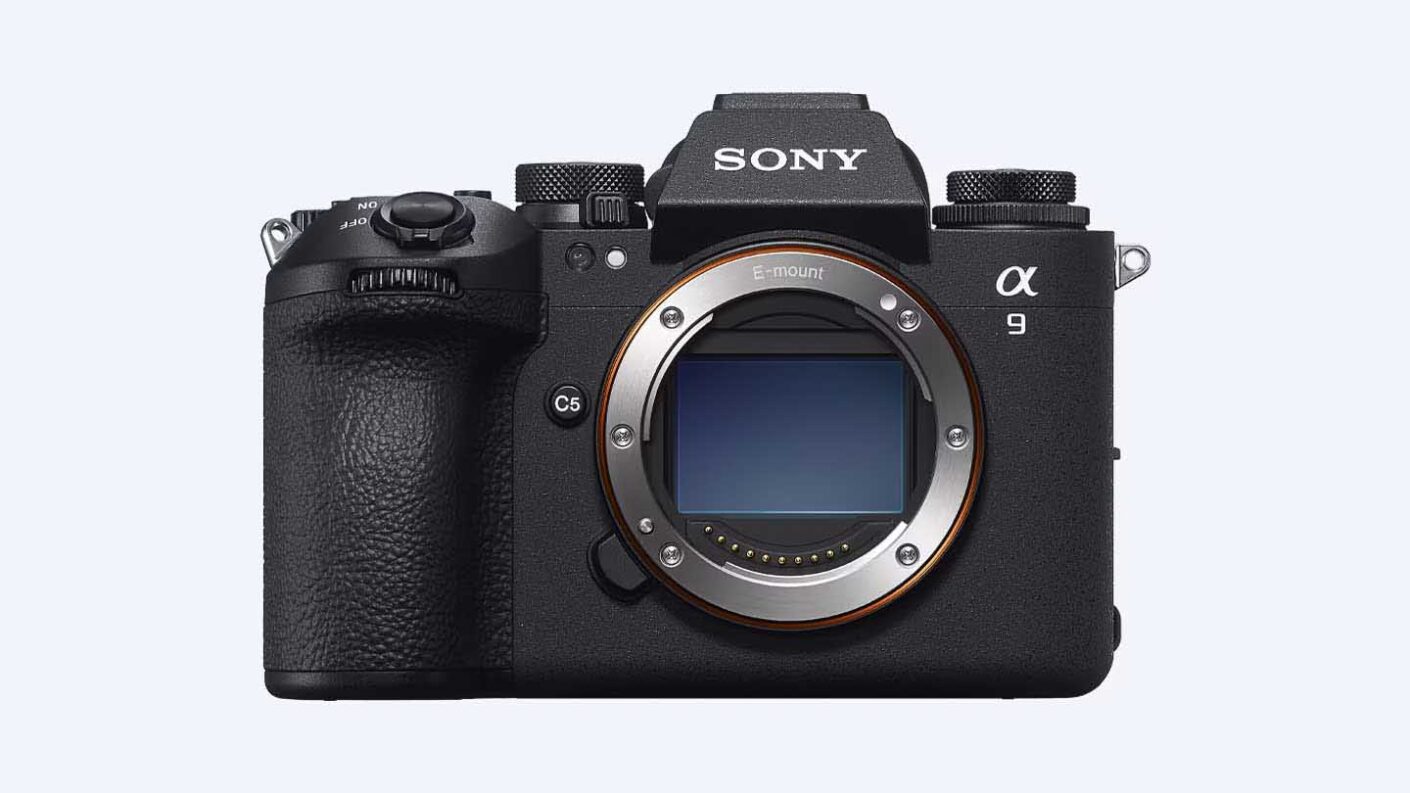Throughout the history of photography, several pivotal technological advancements have dramatically transformed how we capture and perceive images. From the invention of the daguerreotype in the 19th century to the rise of digital photography in the late 20th century, each innovation has marked a new era of possibilities. In this lineage of groundbreaking developments, the introduction of the global shutter in mainstream cameras stands as a recent milestone. Sony’s Alpha 9 III full-frame mirrorless camera, featuring the world’s first full-frame image sensor with a global shutter, has brought this technology into the spotlight, akin to how advent of autofocus made capturing sharp images more accessible. But what is a global shutter, exactly, and why does it represent such a significant leap in camera technology? This guide will explore the intricacies of global shutter technology, its advantages and its transformative impact on photography.
Understanding the global shutter
To appreciate the essence of a global shutter, it’s crucial to contrast it with its predecessor, the rolling shutter. Traditional digital cameras, especially those with CMOS sensors, typically use a rolling shutter mechanism. This method captures an image by sequentially scanning the sensor from one side to the other. Imagine it like reading a book, line by line. However, this process is not instantaneous; it takes a fraction of a second to complete the scan.
Contrast this with the global shutter – a technology that captures the entire image in one go, much like snapping a picture with an old-school film camera. In technical terms, a global shutter exposes all of the sensor’s pixels to light at the same time and then reads them simultaneously. This simultaneous action is the crux of the global shutter’s magic. The camera can read out the data from each pixel at the same time. It’s a bit like being able to turn all the lights on and off in your house at the same time without running from room to room.
How does a global shutter work?
The mechanics of a global shutter are ingeniously simple yet technically complex. In cameras equipped with a global shutter, each pixel on the sensor has an individual shutter. When a picture is taken, all these shutters open and close at the exact same moment. This synchronisation allows the sensor to capture the entire scene in a single, unified instance. The data from all pixels is then read simultaneously, ensuring that every part of the image is recorded at the same moment in time.
Here’s a more detailed breakdown:
- Pixel-Level Control: in a global shutter system, each pixel on the sensor is equipped with its own electronic shutter. This means that every pixel can be controlled independently.
- Simultaneous Exposure and Readout: when a photograph is taken, the electronic shutters for all pixels open at the exact same moment. This uniform exposure ensures that every part of the image is captured at the same instance in time. Following the exposure, the shutters close, and the sensor begins the readout process. Here, again, the data from all pixels is collected simultaneously.
- Technical Implementation: implementing a global shutter requires sophisticated electronics. The sensor must be designed to handle the rapid on-off switching of the shutters and the simultaneous data readout from millions of pixels. This is where the advanced technology in cameras like the Sony Alpha 9 III comes into play, combining high-speed data processing with precision timing.
Advantages of a Global Shutter
The benefits of a global shutter are manifold, particularly in scenarios where speed and precision are paramount. Here are a few key advantages:
- Elimination of Distortion: with a global shutter, the ‘rolling shutter effect’ – a distortion that occurs when capturing fast-moving objects or during rapid camera movements – is effectively eliminated. This ensures that every part of the image is in perfect sync, resulting in sharper, clearer images of fast-moving subjects.
- Improved High-Speed Photography: global shutters excel in high-speed photography. They can freeze motion without the blur or skew that often plagues images captured with rolling shutters.
- Enhanced Video Quality: for videographers, global shutters mean smoother, more consistent footage, free from the jello effect or skewing common in fast pans or when capturing rapid movements.
Cameras with Global Shutters
While global shutters have been around in specialised industrial and scientific cameras, their integration into mainstream photography has been limited until recently. The Sony Alpha 9 III marks a significant milestone in this regard. This camera not only brings the global shutter to a broader audience but does so with a full-frame sensor, blending high resolution with the advantages of global shutter technology. This integration is a testament to Sony’s commitment to innovation and sets a new benchmark for other manufacturers to follow.
As global shutter technology becomes more prevalent, we can expect to see a new wave of creative possibilities unfold, particularly in fields like sports, wildlife and action photography, where split-second moments hold the essence of the narrative. The Sony A9 III is just the beginning of this exciting journey, paving the way for a future where clarity and speed go hand in hand.
- Don’t miss our extensive range of camera buying guides





What is so fantastic about the ‘commitment to innovation’, is that the wonderful technological changes will end up in all the market brands at some point. So if you’re a loyal user of a particular brand, just be patient…the innovations will show up there…they have to…or else. Just remember: chasing technology can be very, very expensive.